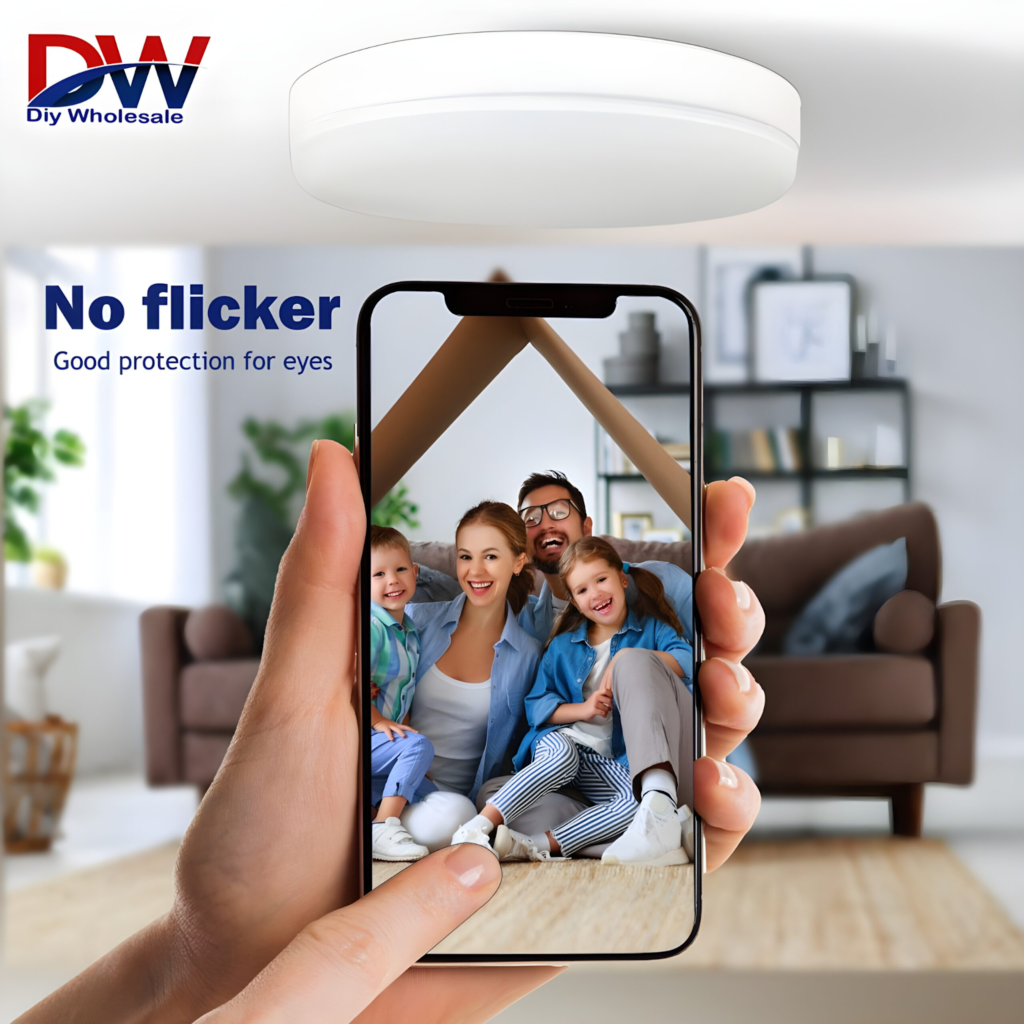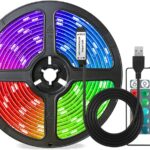Discover the Essential specifications of round led panel and find the perfect fit for your needs

Introduction
Round led panels are gaining popularity and becoming a more sensible option for both residential and commercial applications as lighting technology develops swiftly. Its energy-efficient architecture, excellent light quality, and stylish appearance make it a better choice than conventional lighting systems. To assist you in meeting your lighting needs, this thorough lesson will examine the essential parts of a round led panel.
Knowing the fundamentals of round LED panels:

The flat, round lighting fixtures known as round LED panels are made of light-emitting diodes or LEDs. This panel’s consistent light dispersion, low profile, and flexible installation allow it to be used in a variety of organizations, including homes, offices, and retail establishments.
Advantages of using a round LED panel

- Energy saving: round led panel consume significantly less energy than standard incandescent or fluorescent lights. Because they convert most of the energy into light rather of heat, they have lower power costs.
- Longevity: Since LEDs often last more than 50,000 hours, maintenance costs and replacement frequency are reduced.
- Green: LEDs are environmentallly friendly as they don’t contain hazardous materials like mercury.
- Flexible Design: Round LED panels may be used in a variety of interior design schemes and architectural shapes due to their sleek and sophisticated look.
Key Specifications to Consider When Choosing a Round LED Panel
Understanding the many features that affect performance and adaptability is crucial when choosing the ideal round LED panel for your requirements. The important things to think about are listed below:
1. Bright Efficiency
The LED panel’s effectiveness in converting electrical power into visible light is measured by its luminance efficacy. The unit of measurement is lumens per watt, or lm/W. Improved energy efficiency is shown by higher luminous effectiveness. For best results, look for panels with a luminous effectiveness of at least 100 lm/W.
2. Temperature of Color
An LED panel’s color temperature has an impact on a room’s atmosphere and usability. The temperature usually varies from warm white to cool white and is expressed in Kelvin (K).
Typical color temperatures consist of:
- Warm White (2700K–3000K): Excellent for living areas and bedrooms, this color creates a warm and welcoming ambiance.
- neutral white (3500K–4100K): Offers a well-balanced, natural light ideal for restrooms, workplaces, and kitchens.
- Cool White (5000K–6500K): Ideal for offices and commercial places, this light type provides a sharp, bright glow that improves concentration.
3. The Index of Color Rendering (CRI)

When compared to natural light, an LED panel’s accuracy in reproducing color is gauged by the Color Rendering Index (CRI).
Better color fidelity is indicated by a higher CRI (nearer 100). A CRI of 80 or above is advised for the majority of applications in order to guarantee accurate color reproduction.
4. Lumens and Wattage
Lumens represent the entire amount of light produced by the LED panel, whereas wattage indicates how much electricity it uses.
To produce effective illumination, a compromise between these two must be found.
An energy-efficient panel, for example, would have a greater lumen count but a lower wattage.
Make sure the panel you select uses less energy while providing enough lighting for your area.
5. Angle of Beam
An LED panel’s beam angle determines how the light is distributed. To minimize shadows and black patches, a broader beam angle of around 120 degrees is used to guarantee consistent light dispersion.
For general illumination applications in bigger spaces, this is especially crucial.
6. Adjustability
You may customize the brightness settings of dimmable circular LED panels to suit your needs and tastes. When not in use, this function may be used to save energy and create a variety of moods. Prior to buying, confirm compatibility with dimmer switches.
7. Installation Technique
There are three different ways to install round LED panels:
recessed, surface-mounted, and suspended.
The kind of existing ceiling and the intended aesthetic will determine the option. A sleek, flush appearance is achieved with recessed installation, but surface-mounted and suspended panels can also contribute some design to the room.
8. Duration and Guarantee
Think about the manufacturer’s warranty and longevity. A longer lifespan guarantees fewer replacements will be needed, and a strong warranty offers assurance against possible flaws. LED panels typically have a 3–5 year guarantee and a lifetime of 30,000–50,000 hours.
Round LED Panel Applications

Round LED panels are adaptable and suitable for a variety of applications, each with its own set of requirements:
- For Residential Use
LED panels are perfect for living areas, kitchens, baths, and bedrooms in houses. Warm to neutral color temperatures and high CRI panels are recommended for residential usage in order to create a welcoming and aesthetically pleasing atmosphere.
- Commercial Areas
Round LED panels improve consumer satisfaction and efficiency in retail establishments, workplaces, and hospitality situations. Higher lumen outputs and cool white color temperatures are appropriate for commercial applications to provide effective and bright lighting.
- Academic Establishments
Round LED panels are advantageous for classrooms, libraries, and labs at schools and colleges. Wide beam angles and neutral white color temperatures in panels offer consistent illumination that eases eye strain and improves focus.
- Medical Facilities
Precise illumination is necessary for a variety of jobs in hospitals and clinics. For medical contexts, round LED panels with high CRI and neutral to cool white color temperatures are crucial because they provide accurate color representation and a sterile look.
In summary
When selecting a circular LED panel, it is important to take into account many factors such as brightness, color rendering index (CRI), brightness, wattage, lumens, beam angle, dimmability, installation technique, lifespan, and warranty.
You may choose a panel that suits your unique requirements, whether they are for commercial, residential, educational, or healthcare uses, by being aware of these important considerations.



















